✪✪✪✪✪ http://www.theaudiopedia.com ✪✪✪✪✪ What is BONE REMODELING? What does BONE REMODELING mean? BONE REMODELING meaning – BONE REMODELING definition – BONE REMODELING explanation. Source: Wikipedia.org article, adapted under https://creativecommons.org/licenses/by-sa/3.0/ license. SUBSCRIBE to our Google Earth flights channel – https://www.youtube.com/channel/UC6UuCPh7GrXznZi0Hz2YQnQ Bone remodeling (or bone metabolism) is a lifelong process where mature bone tissue is removed from the skeleton (a process called bone resorption) and new bone tissue is formed (a process called ossification or new bone formation). These processes also control the reshaping or replacement of bone following injuries like fractures but also micro-damage, which occurs during normal activity. Remodeling responds also to functional demands of the mechanical loading. In the first year of life, almost 100% of the skeleton is replaced. In adults, remodeling proceeds at about 10% per year. An imbalance in the regulation of bone remodeling’s two sub-processes, bone resorption and bone formation, results in many metabolic bone diseases, such as osteoporosis. Bone homeostasis involves multiple but coordinated cellular and molecular events. Two main types of cells are responsible for bone metabolism: osteoblasts (which secrete new bone), and osteoclasts (which break bone down). The structure of bones as well as adequate supply of calcium requires close cooperation between these two cell types and other cell populations present at the bone remodeling sites (ex. immune cells). Bone metabolism relies on complex signaling pathways and control mechanisms to achieve proper rates of growth and differentiation. These controls include the action of several hormones, including parathyroid hormone (PTH), vitamin D, growth hormone, steroids, and calcitonin, as well as several bone marrow-derived membrane and soluble cytokines and growth factors (ex. M-CSF, RANKL, VEGF, IL-6 family…). It is in this way that the body is able to maintain proper levels of calcium required for physiological processes. Thus bone remodeling is not just occasional “repair of bone damage” but rather an active, continual process that is always happening in a healthy body. Subsequent to appropriate signaling, osteoclasts move to resorb the surface of the bone, followed by deposition of bone by osteoblasts. Together, the cells that are responsible for bone remodeling are known as the basic multicellular unit (BMU), and the temporal duration (i.e. lifespan) of the BMU is referred to as the bone remodeling period.
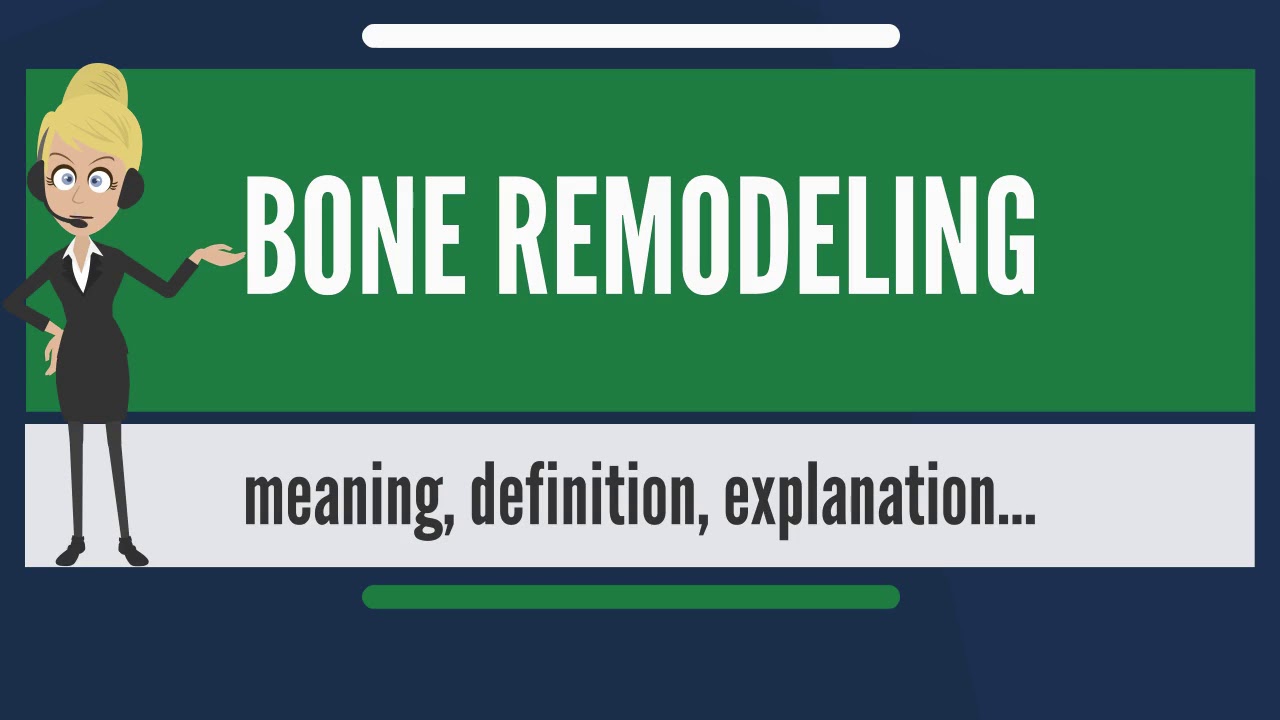
What is BONE REMODELING? What does BONE REMODELING mean? BONE REMODELING meaning & explanation
- Post author:
- Post published:May 10, 2021
- Post category:Uncategorized
- Post comments:0 Comments
You Might Also Like

Understanding Infertility – Causes

How To: Barbell Incline Chest Press

How To Lose Weight 1 Kg In 1 Day – Diet Plan To Lose Weight Fast 1 kg In A Day – Indian Meal Plan

Wide grip upright rows for side delts

Anabolic Steroids – History, Definition, Use & Abuse Video – 2
Shrugs-2

Shrugs-9

Friday WOD @ DEFINITION FITNESS GYM

BCAA Supplement vs Protein Supplement – Know Your Supps – BPI Sports

How Steroid Usage Destroys the Heart Muscle

Develop Bigger & More Vascular Forearms | Best Exercises

Water Polo Video – 1

What Are Complete Proteins, Incomplete Proteins, Essential Amino Acids, Non Essential Amino Acids

Protein Powder | Dr. Shel Wellness & Aesthetic Center
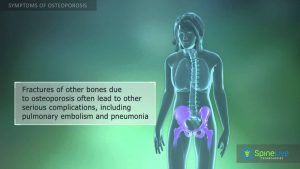
Оsteoporosis Symptoms
![Read more about the article What Is Creatine | Benefits, side effects And Dosage Of Creatine Monohydrate [ hindi ]](https://videos.drmaheshkumar.com/wp-content/uploads/2021/05/What-Is-Creatine-Benefits-side-effects-And-Dosage-Of-Creatine-Monohydrate-hindi-1-1-300x169.jpg)
What Is Creatine | Benefits, side effects And Dosage Of Creatine Monohydrate [ hindi ]

Geriatric Physiotherapy Video – 7

How to Do the Torso Track Exercise

How much sperm count is needed for IUI or IVF?-Dr. Kasi Sellappan

Muscle Building Workout & Squats Video – 21
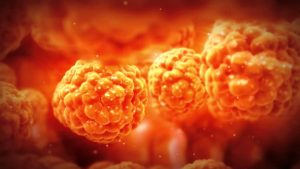
Fat cells inside human body behavior

3 Effective Natural HOME REMEDIES TO REDUCE OBESITY (Excessive Body Fat)
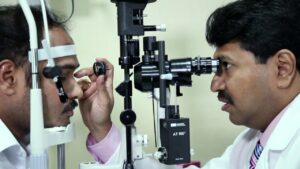
Organ Transplantation Surgeries Video – 3

Creatine and Kidney Damage ?

Branched Chain Amino Acid Supplements (BCAA’s)

Full day Diet Plan to GAIN WEIGHT for Beginners! (Hindi / Punjabi)
Carbohydrates
![Read more about the article [ENALAPRIL] ORGANIC CHEMISTRY ASSIGNMENT](https://videos.drmaheshkumar.com/wp-content/uploads/2021/05/ENALAPRIL-ORGANIC-CHEMISTRY-ASSIGNMENT-300x169.jpg)
[ENALAPRIL] ORGANIC CHEMISTRY ASSIGNMENT

Human Body Video – 7

Female Hormone Imbalance – Hormonal Causes, Symptoms & Natural Treatment for Women
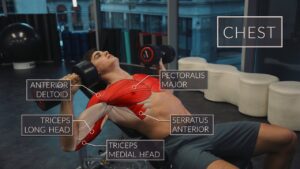
Bodybuilding Video – 1

Top Speed & Lower Body Athletes Training | Overtime Athletes

Are There Any Side Effects Of Creatine? | BeerBiceps Fitness
Glutamine Supplement

Preparation for a BodyBuilding Competition – 20 WEEKS OUT! World Champion Explains

Back extension / Hyperextension ( lower back exercises )

Lat Pull Down-12

Abel Albonetti’s Six-Pack Supersets

Squat Workout (Wild Wednesday Workout #1)

SPRINT FASTER – NO ARMS INTO SPRINT

Plyometrics – Circuit Training Ideas

